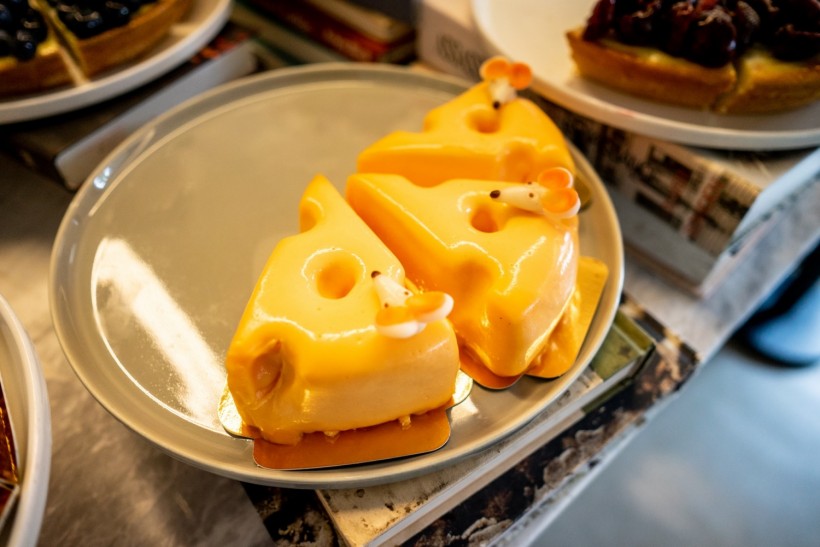
Researchers came up with an idea to create a non-dairy cheese that resembles real cheese, but this time made up of plants.
Cheese is often found in almost all food that you eat in restaurants and even small eateries. It enhances the flavor of your burger, pizza, and other food choices. It's indeed one of the most famous dairy products that you can't resist putting on your plate.
Would you believe that there's plant-based cheese? Although it's not yet readily available to the public, would you still feel the same craving you always have for the real cheese?
The Love for Cheese Persists With Plant-Based Alternative
The irresistible allure of cheese in our culinary world is undeniable. Be it the gooey goodness on a pizza slice or the decadence of a cheesecake, cheese remains a beloved ingredient. However, the environmental footprint of the dairy industry behind this indulgence is far from appetizing.
This is the reason why a group of scientists decided to create their own version of a healthier and more environment-friendly alternative in the form of a plant-based cheese.
Researchers from the University of Copenhagen have found a solution that brings us closer to authentic plant-based cheese. Instead of relying on futuristic technologies, they turned to a time-tested process that has been crafting traditional cheese for millennia-fermentation.
Related Article: Climate Change Can Affect Beer Quality by 2050, Study Finds-But How?
A Cheesy Dilemma
Plant-based cheese alternatives have emerged as a greener choice, catering to lactose-intolerant and vegan consumers. Still, many of these alternatives fail to capture the essence of real cheese. The challenge lies in replicating the taste and texture of traditional cheese, a task that has puzzled food scientists for years.
According to Ars Technica, the cheese's enchanting flavor and texture are deeply rooted in its molecular composition. Cheese begins as a colloid, a liquid with evenly dispersed particles. It transforms into a solid-like structure when the liquid thickens.
Replicating this transformation in plant-based cheese proves challenging, particularly in distributing fat globules, a key element of cheese's texture.
Bacteria's Role in Plant-Based Cheese
The Copenhagen team, led by researcher Carmen Masiá, introduced the same bacteria used in dairy cheese production to yellow pea protein. This unconventional pairing resulted in the breakdown of plant protein, the production of lactic acid, and a drop in pH-mirroring the cheese-making process.
Furthermore, the team explored 24 combinations of bacteria to find the ideal balance for plant-based cheese.
To win over consumers, it was crucial to eliminate any "beany" or earthy aftertaste associated with plant-based cheese. They focused on three key aspects: acidity, gel firmness, and the ability of bacteria to mask vegetal flavors with buttery, creamy notes reminiscent of dairy cheese.
The Magic Ingredients Behind Plant-Based Cheese
Certain compounds, including diacetyl and acetoin, played a crucial role in achieving a taste that mimicked dairy cheese. These compounds are present in dairy products and contribute fatty, sweet, and waxy flavors. The team also uncovered the significance of the compound dimethyl disulfide, commonly found in cheddar cheese, in enhancing the plant-based cheese's texture.
"Future work on different ripening conditions will follow to further investigate the effect of different bacterial blends on texture and flavor development over time," the researchers said.
The study titled "The impact of different bacterial blends on texture and flavor development in plant-based cheese" can be accessed on Science Direct.
Read Also: Shocking Study Reveals 1 in 7 Adults, 1 in 8 Children Addicted to Ultra-Processed Foods










